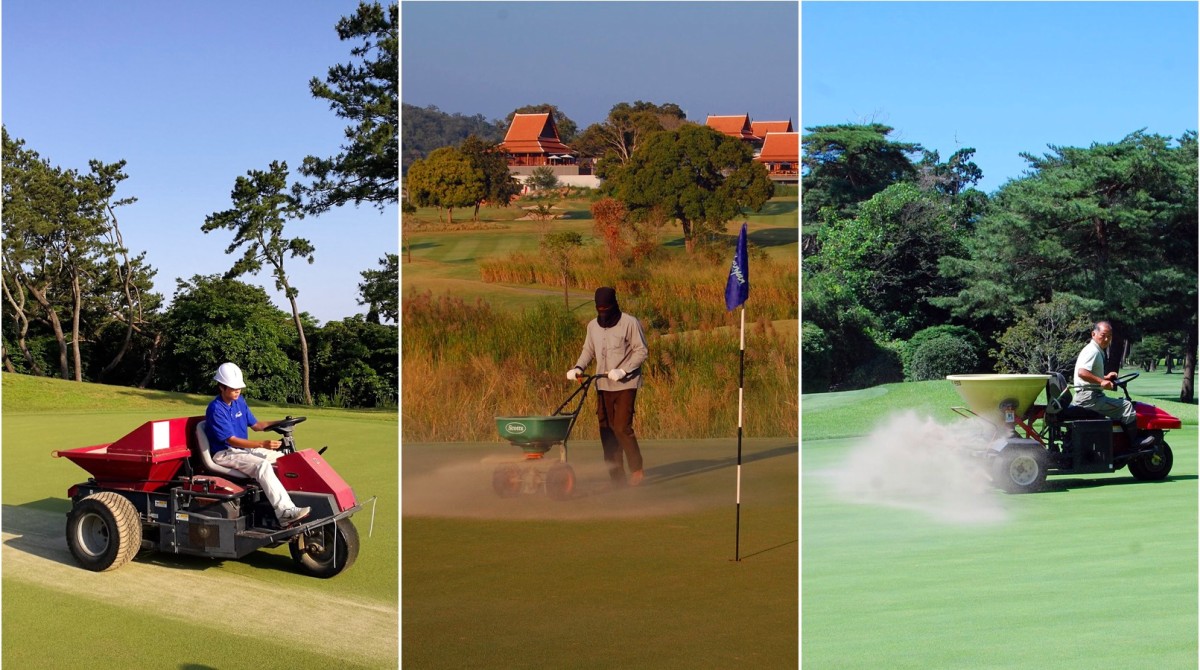Does this sound about right?
Matching sand topdressing to the growth of the grass works out pretty good when applying 1 cm3 of sand for every 1 cm3 of clipping volume.
That works out to be 1 mm of sand applied—you know I think depth is the most convenient unit for expression of sand topdressing amount—for every 1 L of ClipVol. I’m using the square meter as the area. One liter in volume spread over 1 square meter is 1 mm in depth.

You might be familiar with the growth potential predictions of sand topdressing amount. These were developed by PACE Turf.
Those have a default maximum topdressing amount of 0.5 mm/month when the temperature-based GP is 1.
These work good for planning, looking forward at what might be required. I’ve often thought that the actual growth of the grass, from the present day looking back in time, shows what actually did happen. How might the topdressing be linked with growth?
I used as a reference the same article from Hempfling et al. where they had the best performance in New Jersey when sand was applied at 81 Mg/ha/year (5.4 mm/year). They mowed for a 192 day season, and N was applied at 10 and 20 g/m2. I took an average of 15 g N over all the plots, and estimate that gives a maximum annual clipping volume of 5 L/m2. The high sand rate was 5.4 L and the clipping volume is estimated at about 5 L. That’s roughly 1:1 in sand applied to clippings removed.
This might be useful in looking at how much topdressing sand you are applying.